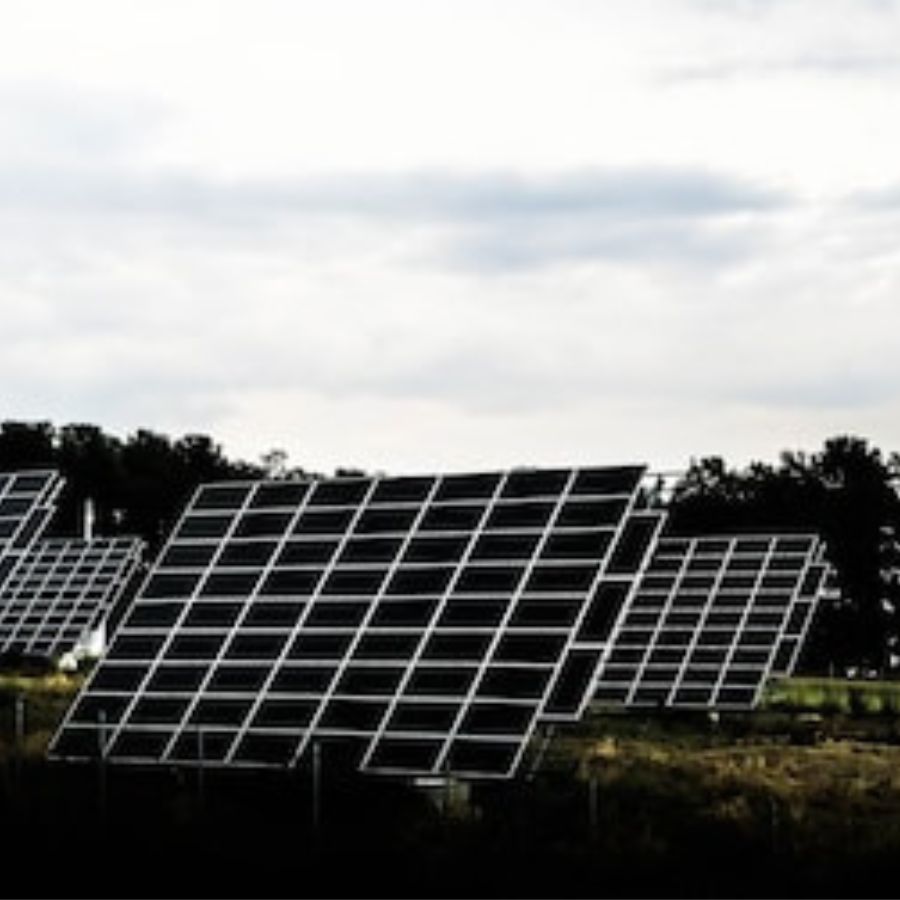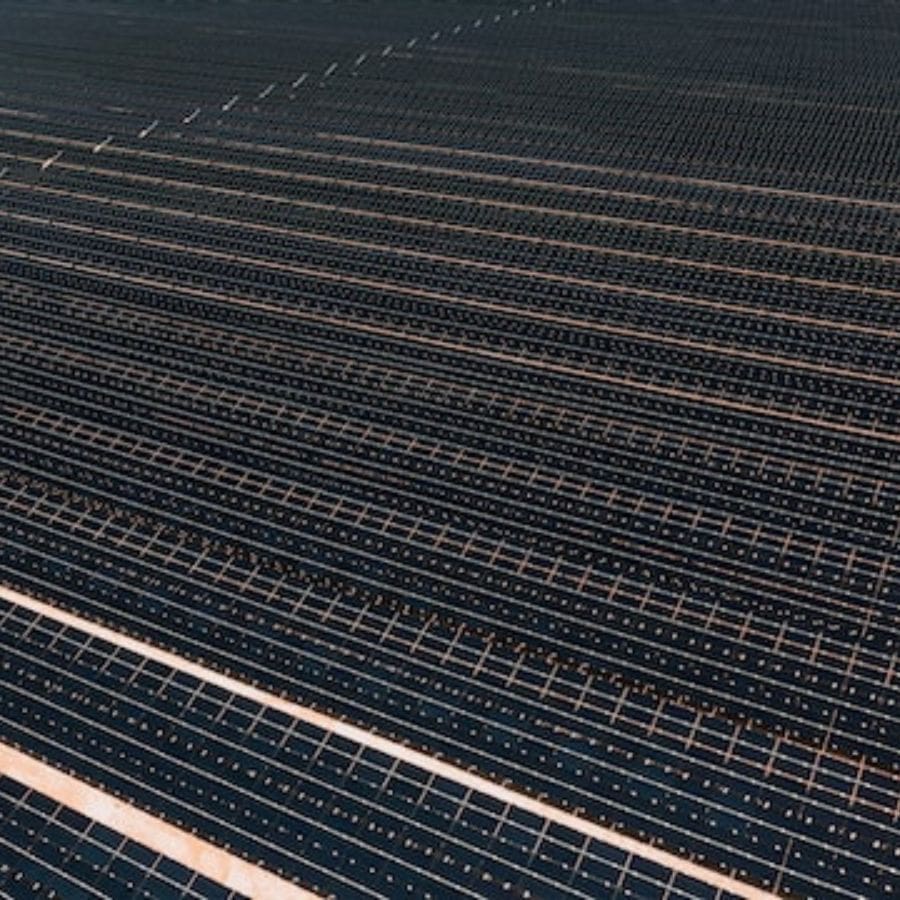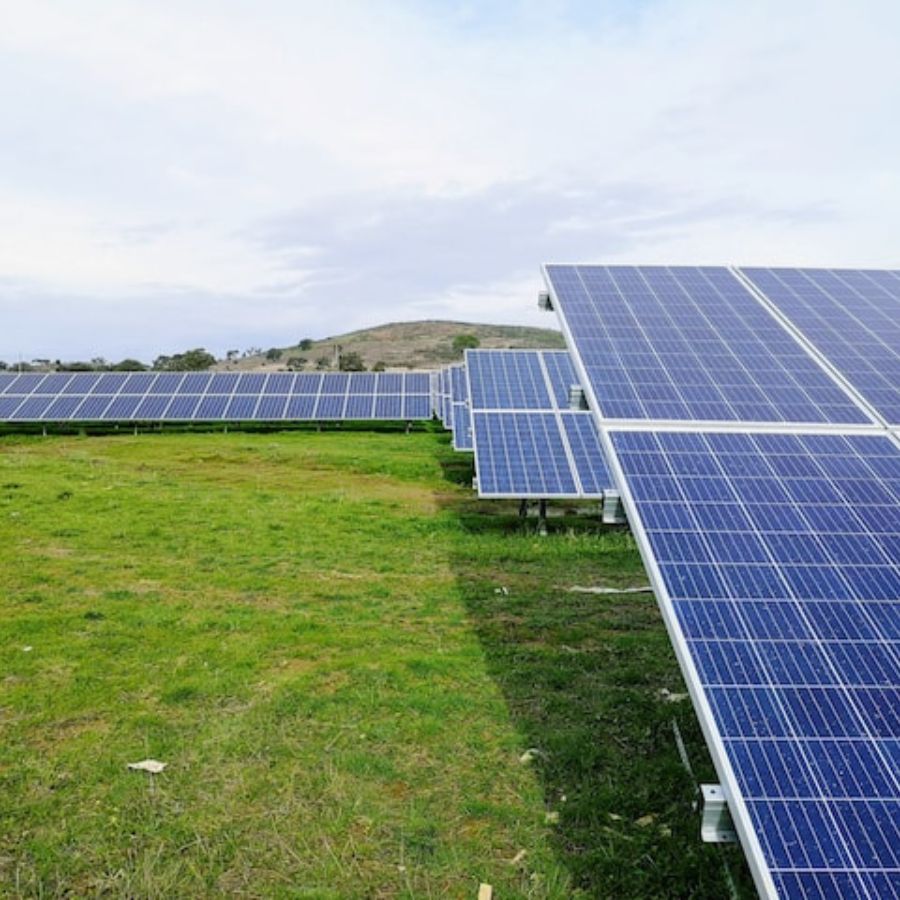With the increasing popularity of renewable energy sources, many BC, Canada homeowners are turning to solar power. It is a viable solution to reduce their reliance on the grid and save on electricity bills. The 5kW solar system is a common choice for residential applications among the various solar system configurations available. That is due to its efficiency and cost-effectiveness.
When installing a 5kW solar panel system, one crucial aspect is determining the number of solar panels required. The number of panels directly impacts the system’s overall capacity, energy production, and compatibility with the available roof space.
This article will delve into the detailed calculation for determining how many solar panels are necessary for a 5kW solar panel system.
By understanding the calculation process, homeowners can make informed decisions. They can decide about their solar panel array, optimizing energy generation and maximizing the benefits of solar power.
So, if you’re curious about the number of panels your 5kW solar panel system would require, keep reading to explore the factors that come into play. Furthermore, you will learn how to achieve an efficient and effective solar setup.
The Power Rating and Capacity of a Solar System

It is essential to grasp the basics of power rating and capacity to understand how many solar panels are crucial for a 5kW solar system.
The power rating of a solar system refers to the maximum amount of electricity it can generate under ideal conditions. It is in kilowatts (kW), a power unit.
When discussing a 5kW solar system, we refer to its power capacity. It means that the system has the potential to generate 5 kilowatts of electricity. However, it is essential to note that this capacity is the maximum output the system can achieve. The electricity generated may vary depending on available sunlight, system efficiency, and environmental conditions.
Kilowatt (KW) And Its Significance in Solar Energy
In the case of solar panels, the kilowatt rating indicates the maximum power output they can produce.
The significance of kilowatts in solar energy lies in their role in determining the size and capacity of a solar system.
For instance, a 5kW solar system implies that the solar panels’ combined power output can generate up to 5 kilowatts of electricity.
Understanding the relationship between kilowatts and solar energy capacity is crucial when considering how many solar panels are necessary for a specific system.
Factors like roof space availability, energy consumption needs, and solar panel efficiency influence the appropriate number of panels for a 5kW solar system.
Calculating the Number of Solar Panels
Step 1 – Determining Daily Energy Consumption
Before calculating the number of solar panels needed for a 5kW solar system, it is crucial to determine the daily energy consumption of your household or facility. One can do it by examining the electricity bill or monitoring how much energy you would use over a while.
By analyzing your energy bills, you can identify the average daily energy consumption in kilowatt-hours (kWh) and how much electricity is needed. This figure provides a baseline for estimating the amount of energy your solar system needs to generate to offset your electricity usage.
Step 2 – Calculating the Total Wattage Required
Once you have determined your daily energy consumption, you can calculate the total wattage required for your 5kW solar system.
Since 1 kilowatt (kW) equals 1,000 watts (W), a 5kW solar system will require 5,000 power.
Step 3 – Considering System Losses and Safety Margins
Solar systems experience energy losses in real-world conditions. It is due to shading, dirt, panel degradation, and inefficiencies in the inverter and wiring.
Considering system losses and including safety margins in the calculations is essential to account for them and ensure optimal performance.
Typically, a safety margin of around 15-20% is recommendable.
This additional capacity compensates for potential system inefficiencies. In addition, it ensures that your solar system can meet your energy needs even under less-than-ideal conditions.
Step 4 – Estimating the Number of Panels Needed
To estimate the number of solar panels needed, consider the wattage rating of the solar panels you intend to use.
The wattage rating indicates the power output of a single panel. Divide the total wattage required (calculated in Step 2) by the wattage rating of the solar panels to determine the approximate number of panels needed.
For example, if your selected solar panels have a wattage rating of 300W each, dividing the total wattage required (5,000W) by 300W would give you approximately 16.67 panels.
Since you can’t have a fraction of a panel, round up to the nearest whole number. In this case, you would need 17 panels to meet your energy needs with a 5kW solar system.
Remember that the number of panels required may vary depending on factors such as panel efficiency, available roof space, and any specific constraints of your installation site.
Factors Affecting the Number of Panels
Solar Panel Efficiency and Wattage
The efficiency and wattage of solar panels play a significant role in determining the number of panels needed for a 5kW solar system.
Solar panel efficiency refers to the ability of the panels to convert sunlight into electricity. Panels with higher efficiency can generate more power using the same amount of sun as less efficient panels.
Additionally, the wattage rating of solar panels indicates their power output capacity. Higher-wattage panels produce more electricity per unit of time.
Therefore, using panels with higher efficiency and wattage can generate more energy with fewer panels. It reduces the total required for your 5kW solar system.
Available Sunlight and Location Factors
One must consider the amount of available sunlight and location factors such as climate, latitude, and shading when determining the number of panels for a 5kW solar system.
Regions with abundant sunlight will require fewer solar panels than regions with lower sunlight levels to generate the desired electricity.
Shading from nearby buildings, trees, or other obstructions can significantly reduce the energy output of solar panels. Therefore, assessing the shading patterns throughout the day is crucial. It helps to optimize panel placement and minimize potential energy losses.
Daily Energy Consumption Requirements
Your household or facility’s daily energy consumption requirements are crucial in determining the number of panels needed. A higher energy consumption will require more solar panels to meet the demand.
By accurately assessing your energy usage, as indicated by your electricity bills, you can estimate the energy production needed from the solar system. Then, you can adjust the number of panels accordingly.
System Losses and Safety Margins
Considering system losses and including safety margins when calculating the number of panels for a 5kW solar system is essential.
Solar systems experience various losses, including conversion, wiring, and losses due to dirt or shading that add to the installation cost. These losses can reduce the overall energy produced by the system and let you estimate how much power you can expect.
Including a safety margin to compensate for these losses and ensure sufficient energy production is recommendable. This additional capacity ensures the system can meet your energy needs. In addition, it meets your needs even in less-than-optimal conditions, such as cloudy days or system inefficiencies. Including a safety margin also allows for potential future increases in energy consumption.



Leave a Reply